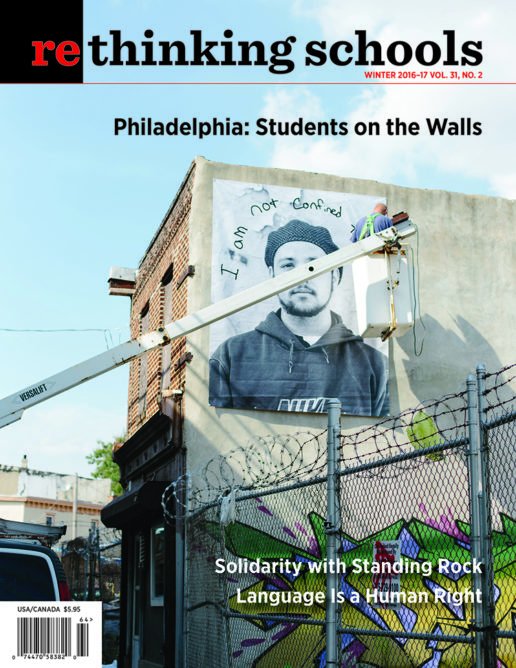Preview of Article:
Sabrina’s Story
Parents and teachers work together on inclusion
Sabrina is a popular 3rd grader. Her classmates love spending time with her both in and out of schoolÑthey line up to read to Sabrina during story time, crowd around to help with her math flashcards or classroom chores, and are eager to have their parents set up weekend play dates.
But two years ago, if you had asked her mom, Nelia, whether Sabrina was a popular kid, you would have gotten an anxious look, a shake of the head, maybe a few tears.
What changed?
When Sabrina entered school, her well-meaning teachers saw a lovely child with an intellectual disability. They saw her communication challenges and her academic and social delays and decided her support needs would best be served in a self-contained special education classroom: She would be part of a small class. She wouldn’t be bullied. She wouldn’t be distracted. She would be able to learn and grow and make friends with students who had similar significant disabilities.
Sabrina entered this separate special education classroom and remained there for several years. Although her teacher was kind and loving, Sabrina didn’t have access to the general education curriculum and neither Sabrina nor her family felt part of the school community. Worst of all, because the other children in Sabrina’s class also had limited verbal and social skills, she did not make much academic progress or meaningful friendships.
After three years of sleepless nights, frustration, and worry, Nelia decided to ask the school to move Sabrina to her neighborhood school and into the general education classroom. Nelia explained she wanted Sabrina to have the same opportunities students without disabilities have: access to the general education curriculum and community.

